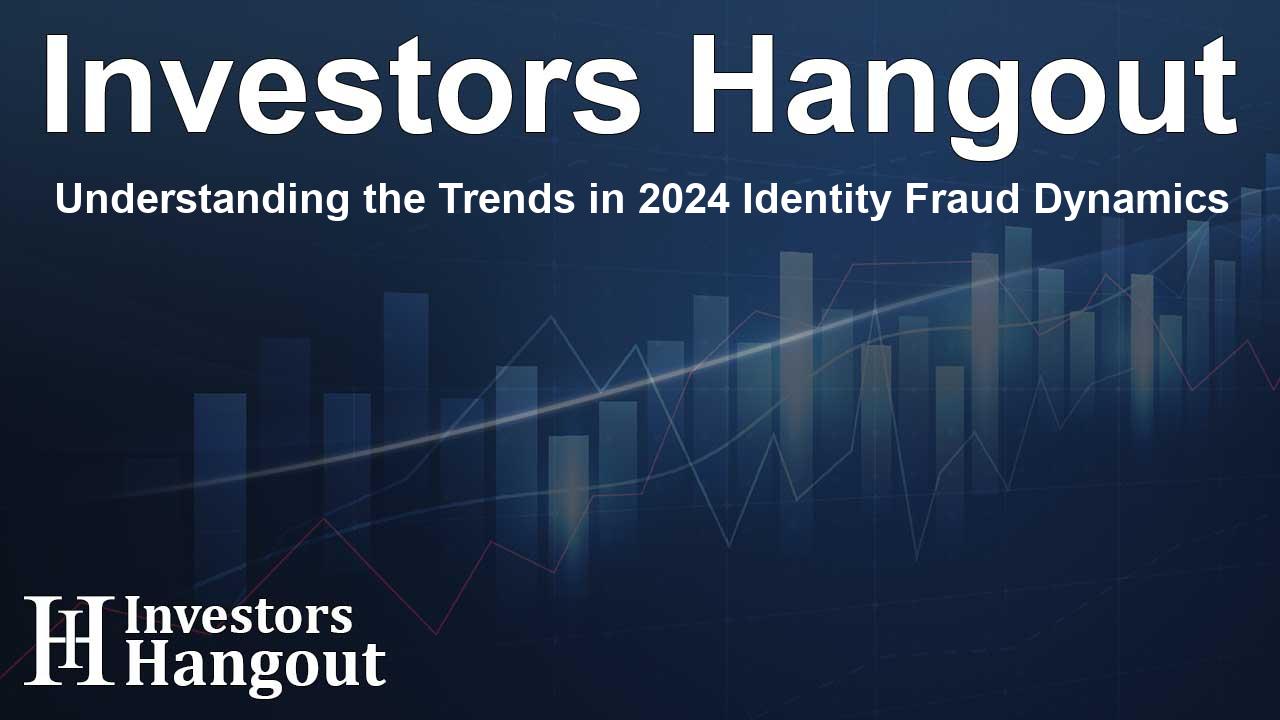Understanding the Trends in 2024 Identity Fraud Dynamics

Insights from the 2024 Identity Fraud Report
The digital landscape has seen a rapid transformation, especially concerning identity fraud. In this yearly report, Sumsub, a renowned full-cycle verification platform, sheds light on serious trends and statistics regarding identity fraud globally. According to their recent findings, even a minuscule investment of $1,000 can lead to staggering losses of approximately $2.5 million monthly. This startling statistic illustrates the rise of a 'fraud economy,' showcasing how easily fraud can be initiated and amplified.
Main Trends in Identity Fraud for 2024
For 2024, certain identity fraud trends have emerged prominently. The report indicates the top five identity fraud types include forged documents, accounting for 50% of all fraud attempts, followed by chargebacks at 15%, account takeovers at 12%, deepfakes at 7%, and fraudulent networks at 4%. A remarkable fourfold increase in deepfakes has been observed during the last year, signaling a shift in the tactics used by fraudsters.
Fraud Impact Across Various Sectors
Identity fraud is not limited to a specific sector but has diverse impacts across various industries. Notable sectors affected include dating, online media, banking & insurance, video gaming, and crypto. These sectors have been highlighted due to their respective fraud rates and significant growth observed over recent years. For instance, dating sites have seen a 265% rise in identity fraud, demonstrating the urgent need for robust identity verification processes.
The Economic Cost of Fraud
In analyzing the cost of fraud, Sumsub's report emphasizes that businesses lost on average about $300,000 per fraud incident in 2024. Alarmingly, 45% of companies and end-users reported falling victim to identity fraud at least once. With ATO (Account Takeover) cases soaring by 250% year on year, it becomes clear that ongoing monitoring of accounts is essential beyond initial KYC checks.
The Role of AI and Deepfakes
Artificial intelligence and deepfake technology are evolving rapidly and becoming tools for fraudsters. According to findings, 81% of survey participants expressed concerns regarding the impact of deepfakes on the integrity of elections. The continuous evolution of these technologies highlights the critical need for advanced detection methods through multi-layered solutions that can identify fraud across several platforms.
Regional Insights and Variations
Exploring the identity fraud landscape further reveals significant regional discrepancies. In Europe, 56% of respondents admitted to experiencing identity fraud. Conversely, Africa has shown remarkable growth in identity fraud rates at an astonishing 167%. Moreover, in U.S. and Canada, there is a growing apprehension that deepfakes could influence future elections.
Future Outlook on Fraud Trends
With fraud-as-a-service gaining traction, the ease of executing fraud at scale increases drastically. The implications are dire, suggesting that businesses must adapt to these new dynamics. Intelligent measures must be deployed to combat these sophisticated methodologies. As fraudsters continue to refine their strategies, vigilance and innovation in fraud prevention solutions must remain a priority for organizations.
Frequently Asked Questions
1. What is the main finding of the Sumsub 2024 Identity Fraud Report?
The report outlines the alarming resurgence of identity fraud, particularly emphasizing the dramatic rise in deepfakes and the cost implications for businesses.
2. Which sectors are most affected by identity fraud in 2024?
Industries such as dating, online media, banking & insurance, video gaming, and crypto have been particularly impacted, showing significant fraud rates and growth.
3. How much does identity fraud cost businesses on average?
On average, businesses lost approximately $300,000 per fraud incident in 2024, highlighting the high stakes involved.
4. What percentage of fraud occurs during account use?
Three-quarters, or 76%, of fraud happens while accounts are actively used, making continuous monitoring essential.
5. What role does AI play in modern fraud tactics?
AI, especially through deepfake technology, has enabled fraudsters to execute advanced fraud strategies, necessitating smarter defense mechanisms.
About Investors Hangout
Investors Hangout is a leading online stock forum for financial discussion and learning, offering a wide range of free tools and resources. It draws in traders of all levels, who exchange market knowledge, investigate trading tactics, and keep an eye on industry developments in real time. Featuring financial articles, stock message boards, quotes, charts, company profiles, and live news updates. Through cooperative learning and a wealth of informational resources, it helps users from novices creating their first portfolios to experts honing their techniques. Join Investors Hangout today: https://investorshangout.com/
Disclaimer: The content of this article is solely for general informational purposes only; it does not represent legal, financial, or investment advice. Investors Hangout does not offer financial advice; the author is not a licensed financial advisor. Consult a qualified advisor before making any financial or investment decisions based on this article. The author's interpretation of publicly available data shapes the opinions presented here; as a result, they should not be taken as advice to purchase, sell, or hold any securities mentioned or any other investments. The author does not guarantee the accuracy, completeness, or timeliness of any material, providing it "as is." Information and market conditions may change; past performance is not indicative of future outcomes. If any of the material offered here is inaccurate, please contact us for corrections.